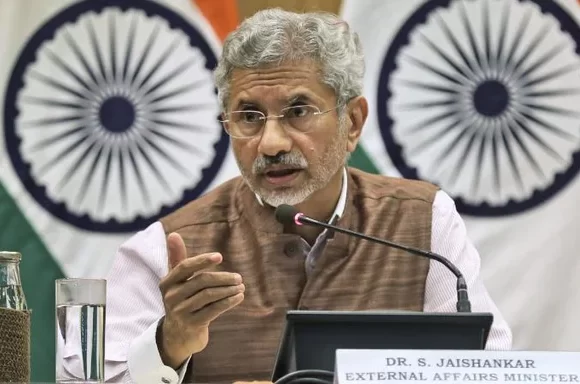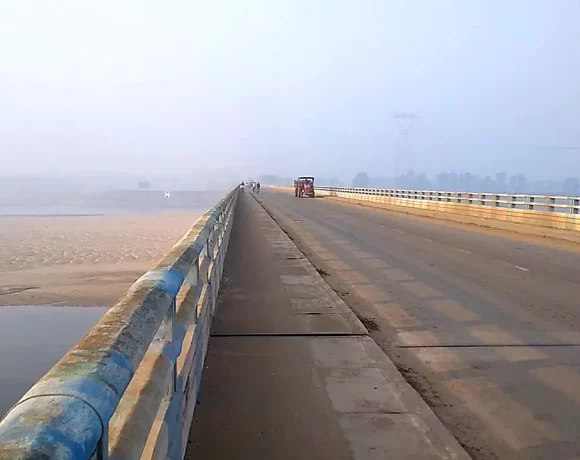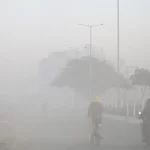Monsoon rains inundate northern India, with floods and mudslides blamed for nearly two dozen deaths.

Photo credit: www.outlookindia.com
Introduction:
Northern India is currently grappling with the destructive impact of monsoon rains, as heavy downpours have led to severe flooding and triggered devastating mudslides. The region, known for its vulnerability to monsoons, has experienced tragic consequences, including a significant loss of lives. This article sheds light on the recent events, emphasizing the destructive power of monsoons and the challenges faced by the affected communities.
Unprecedented Flooding and Mudslides:
The monsoon rains in northern India have unleashed a wave of destruction, submerging vast areas under floodwaters and triggering dangerous mudslides. The relentless downpours have overwhelmed rivers and water bodies, causing them to breach their banks and inundate nearby communities. The hilly terrain in parts of northern India has made the region especially susceptible to mudslides, exacerbating the impact of the monsoons and posing additional risks to the local population.
Loss of Lives and Infrastructure Damage:
Tragically, the recent monsoon-related incidents in northern India have resulted in the loss of nearly two dozen lives. The floods and mudslides have caused significant damage to infrastructure, including roads, bridges, and buildings, further hampering relief and rescue efforts. The affected areas are grappling with disrupted communication networks, limited access to essential services, and the displacement of local residents, exacerbating the challenges faced by the authorities in providing immediate assistance.
Relief and Rescue Operations Underway:
The Indian government, along with local authorities and disaster response teams, has mobilized relief and rescue operations to assist the affected communities. Evacuation efforts are underway to move residents to safer locations, while search and rescue teams are working tirelessly to locate and assist those in distress. Efforts are also focused on providing essential supplies such as food, clean water, and medical aid to the affected population.
Challenges Ahead:
Addressing the aftermath of the monsoon havoc poses significant challenges for the authorities. Rebuilding damaged infrastructure, rehabilitating affected communities, and mitigating the risk of waterborne diseases are among the pressing issues that need to be addressed. The local and national governments are collaborating to provide necessary support and resources to the affected regions, with a focus on restoring normalcy and ensuring the safety and well-being of the affected population.
Long-term Mitigation and Preparedness:
The recurring monsoon-related disasters in northern India highlight the need for long-term mitigation and preparedness strategies. Investing in improved infrastructure, including flood control systems and early warning systems, can help minimize the impact of such calamities. Additionally, educating communities about the risks and promoting awareness regarding safety measures during monsoons is crucial for reducing the vulnerability of the population.
Conclusion:
The recent monsoon rains in northern India have unleashed devastating floods and mudslides, resulting in the loss of lives and causing extensive damage to infrastructure. The challenges faced by the affected communities underscore the need for continued efforts in disaster preparedness and mitigation. As relief and rescue operations continue, a comprehensive approach that combines immediate assistance with long-term strategies can help build resilience and ensure the safety of the region’s population during the monsoon season.



















